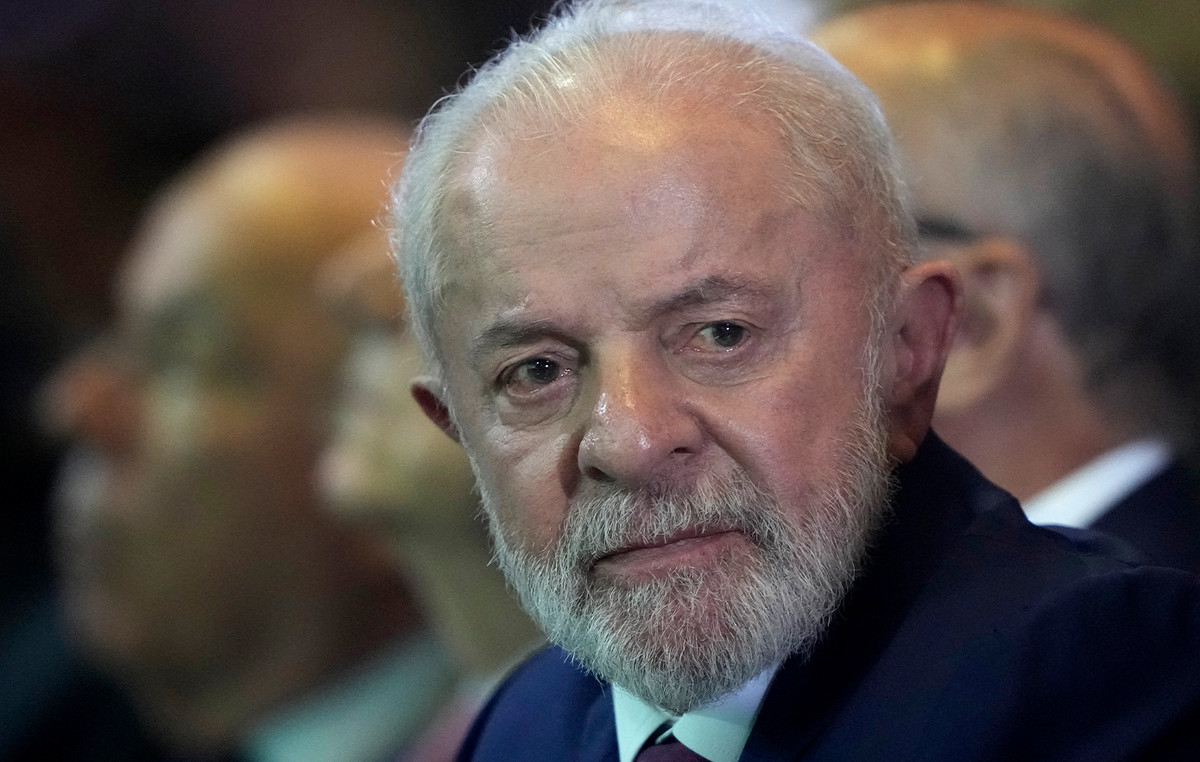- The Mexican peso strengthens as fears of judicial reform approval fade despite Banxico’s dovish stance.
- Opposition from 43 senators reduces chances of passing judicial reform, easing political concerns in Mexico.
- Banxico’s moderate stance is justified by the decline in inflation, while business confidence improves slightly but remains below 50.
The Mexican Peso recovered against the Dollar on Monday. Fears that the judicial reform would be approved faded after 43 opposition senators reiterated their vote against it. USD/MXN is trading at 19.86, down 0.42%.
The USD/MXN pair remains politically driven. However, the latest inflation report justified the Bank of Mexico’s (Banxico) dovish stance as headline and core figures declined on an annual reading.
Other data showed business confidence improved slightly but remained below the 50 threshold.
Meanwhile, Julius Baer warned that rating agencies could change Mexico’s creditworthiness as early as next year if the judicial reform is approved. Erini Tsekeridou, a fixed-income analyst, said, “Although the economic impact is not yet fully clear, markets are concerned about the potential weakening of the rule of law and the concentration of judicial and executive power, which would reduce oversight and accountability.”
Julius Baer joined Morgan Stanley, Bank of America, JP Morgan, Citibanamex and Fitch in warning about the economic and financial impact of the approval of the judicial reform.
Across the border, the US economic docket featured New York Fed consumer inflation expectations, which remained unchanged at 3%. However, market participants are still keeping an eye on the release of the Consumer Price Index (CPI) for August on Wednesday.
Daily Market Drivers Roundup: Mexican Peso Regains Ground Ahead of Expected Vote on Judicial Reform
- Inflation in Mexico in August rose 4.99% year-on-year, below estimates of 5.09% and the previous reading of 5.57%. Core inflation fell one-tenth to 4% year-on-year.
- Traders expect Banxico to cut interest rates in its next monetary policy decision on September 26.
- Mexico’s economic agenda remains light. On Wednesday, September 11, the Senate approved the judicial reform. Before that, INEGI will reveal the Industrial Production figures.
- Citibanamex’s September survey showed that Banxico is expected to cut rates to 10.25% in 2024 and 8.25% in 2025. The USD/MXN exchange rate is forecast to end 2024 at 19.50 and 2025 at 19.85.
- US CPI is expected to decline from 2.9% to 2.6% year-on-year in August, while core CPI is projected to remain unchanged at 3.2%.
- Data from the Chicago Board of Trade (CBOT) suggest the Fed will cut at least 104.5 basis points this year, based on the December 2024 federal funds rate futures contract.
USD/MXN Technical Outlook: Mexican Peso Appreciates as USD/MXN Dips Below 20.00
The USD/MXN uptrend remains intact despite the ongoing pullback on relief that the judicial reform might not be approved. However, this will not be known until September 11.
Momentum is showing signs of exhaustion, but buyers remain in charge despite the Relative Strength Index (RSI) being slightly lower.
If USD/MXN breaks above 20.00, the next resistance level would be the yearly high of 20.22. With further strength, the pair could challenge the daily high of September 28, 2022 at 20.57. If those two levels give up, the next stop would be the swing high at 20.82 on August 2, 2022, ahead of 21.00.
Conversely, if USD/MXN weakens further, the first support would be 19.50. A break of the latter will expose the August 23 swing low of 19.02 before giving way to sellers looking to test the 50-day simple moving average (SMA) at 18.65.
Mexican Peso FAQs
The Mexican Peso is the legal currency of Mexico. The MXN is the most traded currency in Latin America and the third most traded currency in the Americas. The Mexican Peso is the first currency in the world to use the $ sign, prior to the later use of the Dollar. The Mexican Peso or MXN is divided into 100 cents.
Banxico is the Bank of Mexico, the country’s central bank. Created in 1925, it provides the national currency, the MXN, and its primary objective is to preserve its value over time. In addition, the Bank of Mexico manages the country’s international reserves, acts as a lender of last resort to the banking sector, and provides economic and financial advice to the government. Banxico uses the tools and techniques of monetary policy to achieve its objective.
When inflation is high, the value of the Mexican Peso (MXN) tends to decrease. This implies an increase in the cost of living for Mexicans, which affects their ability to invest and save. In general, inflation affects the Mexican economy because Mexico imports a significant amount of final consumer products, such as gas, fuel, food, clothing, etc., and a large amount of production inputs. On the other hand, the higher the inflation and debt, the less attractive the country is for investors.
The exchange rate between the USD and the MXN affects imports and exports between the United States and Mexico, potentially affecting demand and trade flows. The price of the Dollar against the Mexican Peso is affected by factors such as monetary policy, interest rates, the consumer price index, economic growth and some geopolitical decisions.
The exchange rate between the USD and the MXN affects imports and exports between the United States and Mexico, potentially affecting demand and trade flows. The price of the Dollar against the Mexican Peso is affected by factors such as monetary policy, interest rates, the consumer price index, economic growth and some geopolitical decisions.
Source: Fx Street
I am Joshua Winder, a senior-level journalist and editor at World Stock Market. I specialize in covering news related to the stock market and economic trends. With more than 8 years of experience in this field, I have become an expert in financial reporting.








